Mold is a type of fungus that can spread quickly and is difficult to get rid of. It can be identified by its fuzzy or slimy texture, as well as its musty odor. It also has a variety of colors, from black, green, and even white. Mold growth in houseplant soil can be caused by a variety of factors, including overwatering, poor drainage, and high humidity.
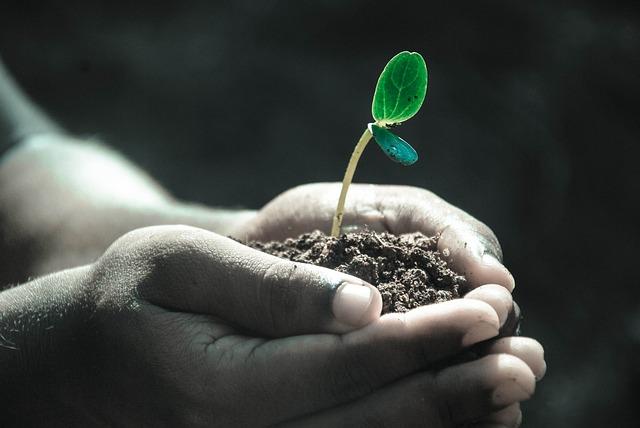
It is important to identify and treat mold growth in houseplant soil as soon as possible. If left untreated, Mold can cause significant damage to the plant and its environment.
Thus, we’ve compiled ten simple and effective ways of preventing mold growth in your houseplants. By following the proper techniques, you’ll eventually eliminate mold growth in houseplant soil.
Causes Of Mold In Houseplant Soil
Understanding the causes of mold in houseplant soil can help you prevent it from occurring and take steps to get rid of it if it does.
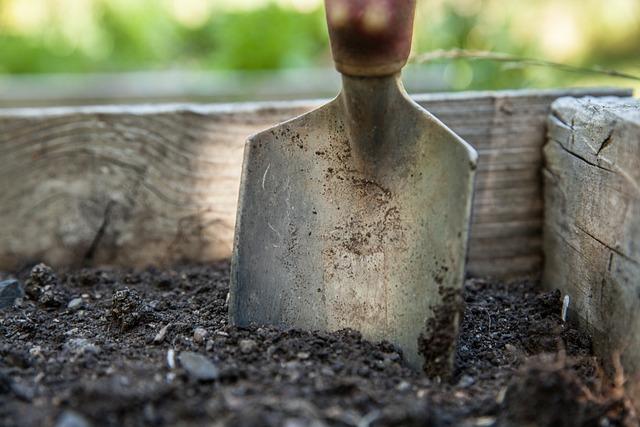
-
Humidity.
Mold can thrive in high humidity levels. When the air is too moist, it can cause mold to grow in the soil of your houseplants. To reduce the humidity level, be sure to water your plants only when the soil is dry, and avoid misting them too often.
-
Temperature.
Mold can grow in both hot and cold temperatures. If the temperature of your houseplant soil is too high, it can cause mold to grow. To prevent this, make sure the temperature of your soil remains consistent.
-
Light.
Mold can also be caused by too much or too little light. If your houseplant is exposed to direct sunlight, it can cause mold to grow in the soil. You can prevent mold by ensuring your houseplant is in a spot where it isn’t exposed to direct sunlight.
-
Poor Drainage.
Poor drainage can also cause mold in houseplant soil. If your houseplant is not being watered properly and the soil does not drain well, it can cause mold to form.
-
Overwatering.
Too much water can also cause mold to grow in houseplant soil. When the soil is too wet, it can cause mold to form.
-
Compost.
Compost can also cause mold in houseplant soil. Compost is made up of organic material that can attract mold. To prevent this, make sure you use compost that is free of mold or use a compost-free potting mix.
Identifying Mold In Houseplant Soil
When it comes to houseplants, mold can be a huge problem. Mold is not only unsightly, but it can also harm your plants, leading to wilting, discoloration, and even death. Fortunately, identifying mold in houseplant soil is a relatively simple process.
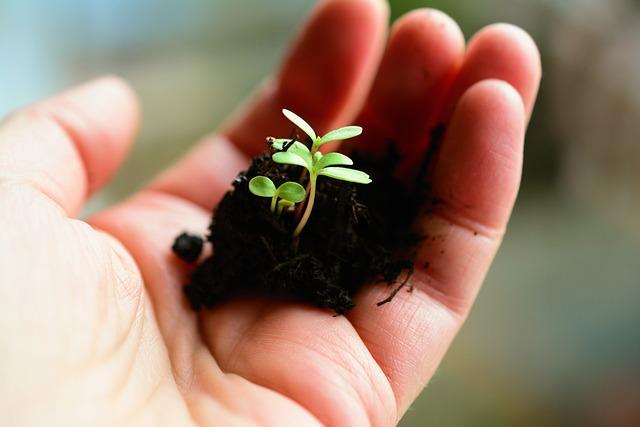
Here are some tips to help you spot mold in your houseplant soil.
-
Look for Discoloration
One of the easiest ways to identify mold in houseplant soil is to look for discoloration. If the soil is a different color than it was when you first purchased it, chances are that it has been affected by mold. The most common colors of mold are white, gray, green, and black.
-
Feel the Soil
Another way to identify mold in houseplant soil is to feel it. If the soil feels slimy or damp, it could be an indication that there is mold present. You should also look for clumps in the soil, as this could also be a sign of mold.
-
Smell the Soil
If you’re still not sure if there is mold in your houseplant soil, you can always smell it. Mold has a distinct musty smell, and if you smell it, its a sure sign that there is mold present.
-
Look for Spots
One of the most obvious signs of mold in houseplant soil is the presence of spots. These spots can range in color from white to black, and they will usually be present in areas where there is a lot of moisture.
-
Check for Mushrooms
If you notice any mushrooms growing in the soil, it’s a sure sign that there is mold present. Mushrooms are a type of fungus, and they will usually only grow in areas where there is a lot of moisture, such as in moldy soil.
-
Check for Fuzzy Patches
If you notice any fuzzy patches in the soil, it could be an indication of mold. This is especially true if the patches are white or gray in color.
-
Check for White Threads
If you notice any white threads in the soil, it could be a sign that there is mold present. These threads are actually the mycelium, which is the root structure of the mold.
Prevention Of Mold In Houseplant Soil
Mold in houseplant soil can be a huge problem for any homeowner, but thankfully there are several steps you can take to prevent the growth of mold in the first place.
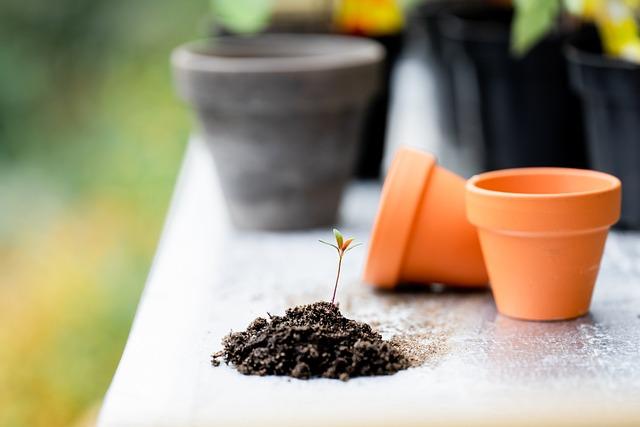
Keeping your houseplants healthy and mold-free is a top priority, and by following these simple tips you can keep your houseplants safe from mold.
1. Choose the Right Soil
The first step to preventing mold in houseplant soil is to choose the right type of soil for your plants. Make sure to buy a soil that is specifically made for houseplants and that is free of any chemicals or additives.
2. Clean the Pot
Make sure to clean the pot before repotting the plant. Remove any dirt and debris that may be on the pot and rinse it thoroughly with a mild soap and water solution.
3. Use the Right Size Pot
Make sure to use a pot that is the correct size for your houseplant. If the pot is too large, the soil will be too wet and this can lead to mold growth.
4. Add Drainage Holes
Make sure to add drainage holes to the bottom of the pot. This will allow excess water to drain out and prevent the soil from becoming too wet.
5. Use a Potting Mix
Use a potting mix that is specifically made for houseplants. This will help keep the soil moist and will also add important nutrients to the soil.
6. Water Wisely
It is important to water your plants wisely. Make sure to water your plants when the top inch of soil is dry. Do not over-water your plants as this can cause the soil to become too wet and can lead to mold growth.
7. Add Mulch
Adding a layer of mulch to the top of the soil can help keep the soil moist and can also help prevent mold growth.
8. Prune Your Plants
Pruning your plants regularly can help keep them healthy and can also prevent mold growth.
9. Move Your Plants
Moving your plants to a different spot in your house every so often can help prevent the growth of mold.
10. Check for Mold
Check your plants regularly for signs of mold. If you do spot any mold, take action immediately to prevent it from spreading.
Remedies To Get Rid Of Mold In Houseplant Soil
Simple steps you can take to help prevent and get rid of mold in houseplant soil include:
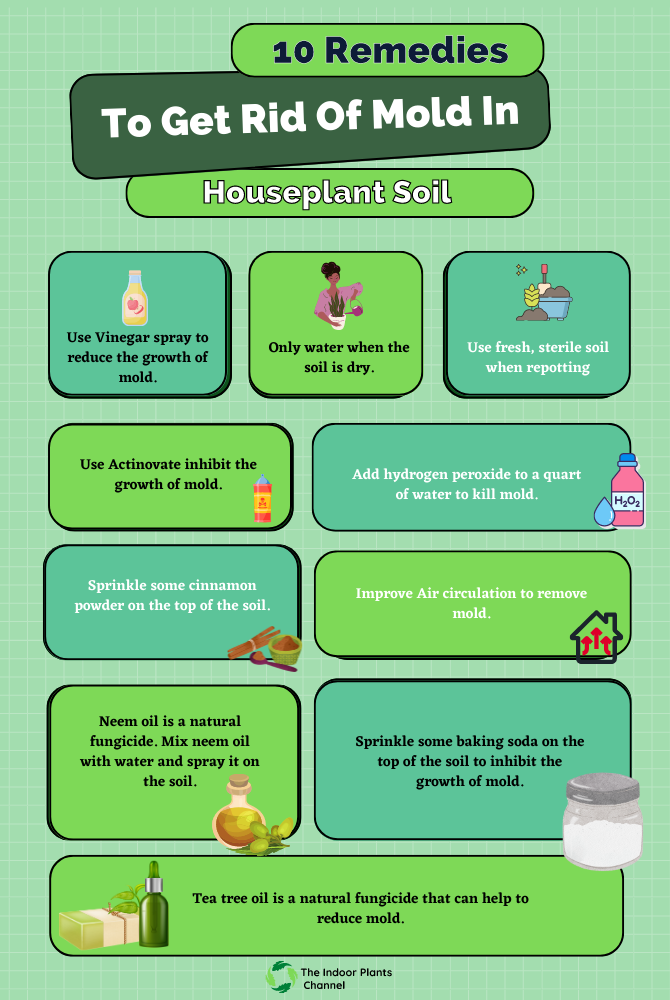
-
Improve Air Circulation
Mold tends to grow when the air is humid and stagnant. Improving air circulation in your home will help reduce the humidity and prevent mold from growing. This can be done by opening windows and doors or using a fan.
-
Change the Soil
Old, compacted soil can be a breeding ground for mold. Changing the soil in your houseplants pot can help reduce the chances of mold growing. Make sure to use fresh, sterile soil when repotting.
-
Reduce Watering
Too much water can make the soil soggy and encourage mold growth. Make sure to water your plants only when the soil is dry; this will help reduce the chances of mold growing.
-
Add Hydrogen Peroxide
Adding a few drops of hydrogen peroxide to a quart of water can help to kill mold. Once the hydrogen peroxide is added, pour the mixture over the soil and let it sit for a few minutes before draining.
-
Use Actinovate
Actinovate is a natural product that can help reduce mold. It is an organic fungicide that can be sprayed on the soil to help inhibit the growth of mold.
-
Use Cinnamon Powder
Sprinkle some cinnamon powder on the top of the soil. Cinnamon has antifungal properties and can help to reduce mold.
-
Neem Oil
Neem oil is a natural fungicide that can help to prevent and get rid of mold. Mix a few drops of neem oil with water and spray it on the soil.
-
Baking Soda
Baking soda is a natural fungicide that can help to reduce mold. Sprinkle some baking soda on the top of the soil and let it sit for a few minutes before rinsing it off.
-
Use Vinegar
Vinegar can help to reduce the growth of mold. Mix a few tablespoons of vinegar with a quart of water and spray the mixture on the soil.
-
Tea Tree Oil
Tea tree oil is a natural fungicide that can help to reduce mold. Mix a few drops of tea tree oil with water and spray it on the soil.
Bonus Tips
- Remove the plant from its pot and inspect the soil for visible signs of mold.
- Discard any moldy soil and replace it with fresh potting mix.
- Place the plant in a location that receives indirect sunlight.
- Water the plant only when the top inch of soil is dry.
- Ensure good air circulation around the plant.
- Prune any dead or dying leaves and stems to prevent further mold growth.
Frequently Asked Questions
- What is mold in houseplant soil?
Mold in houseplant soil is a type of fungus that can grow on the surface of soil, often appearing as a black, fuzzy substance. Mold can cause root rot and other problems if left unchecked, and it is important to take care of it as soon as possible.
- How do I know if my houseplant has mold in its soil?
The most common signs of mold in houseplant soil are a musty smell and a black, fuzzy appearance on the surface of the soil. If you notice either of these, it is likely that your houseplant has mold in its soil.
- What are the risks of having mold in houseplant soil?
Mold can cause root rot, which can damage or even kill your houseplant. Mold is also a source of humidity and can cause other plants in the area to become infected with mold as well.
- What should I do if my houseplant has mold in its soil?
The first step is to remove the moldy soil from the pot and discard it. Then, it is important to clean the pot thoroughly to get rid of any remaining mold spores. Finally, it is important to use new soil when replanting the houseplant.
- How can I prevent mold from growing in my houseplant soil?
The best way to prevent mold from growing in houseplant soil is to make sure that the soil is not too wet. Water the plant when the top inch of soil is dry, and make sure to empty any excess water from the saucer after watering.
Conclusion
Mold in houseplant soil can be an intimidating problem, but it doesn’t have to be! By following the 10 simple steps outlined in this post, you can easily get rid of the mold and get your houseplants back to looking their best. With a few simple steps and a little bit of patience, you can make sure your houseplants stay healthy.
Michelle Wilde
Related posts
![]()
About Michelle Wilde
Michelle Wilde is a stay-at-home mom and avid plant lover. Armed with a post-graduate degree in Computer Science (no kidding!), she loves researching plants and landscapes. When she is not caring for her 4 kids, she spends time on her passion for plants. She blogs at www.indoorplantschannel.com, the trusted source for indoor plants.
Learn more
Subscribe
* You will receive the latest posts and updates about indoor plants!
Search
Recent Posts
Categories
- Beginner Guides (10)
- FAQ (206)
- General (2)
- How-To Guides (212)
- Indoor Plants (214)
- Pest Management (2)
- Plant Problem Solutions (4)
- Seasonal Growing (2)
- Specialized Environments (2)
- Specific Plant Care (3)
- Technical Growing (2)